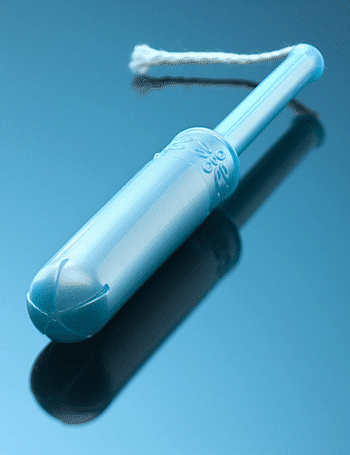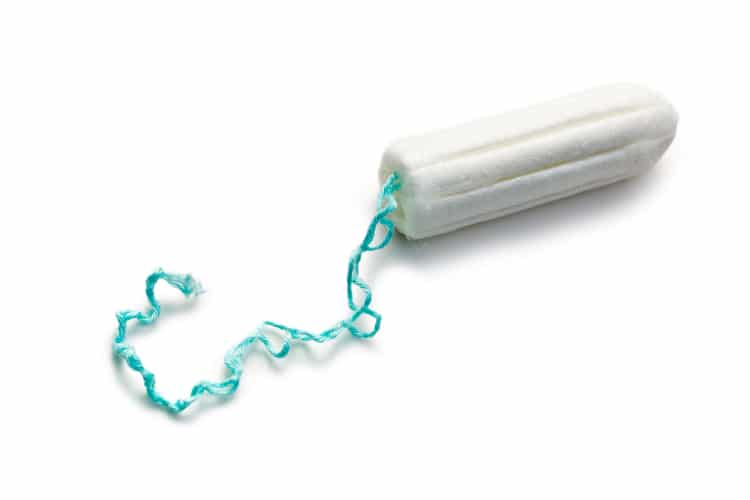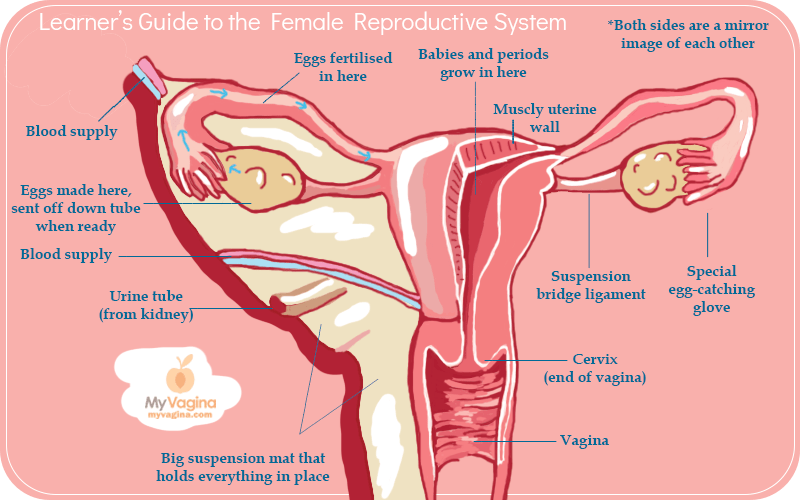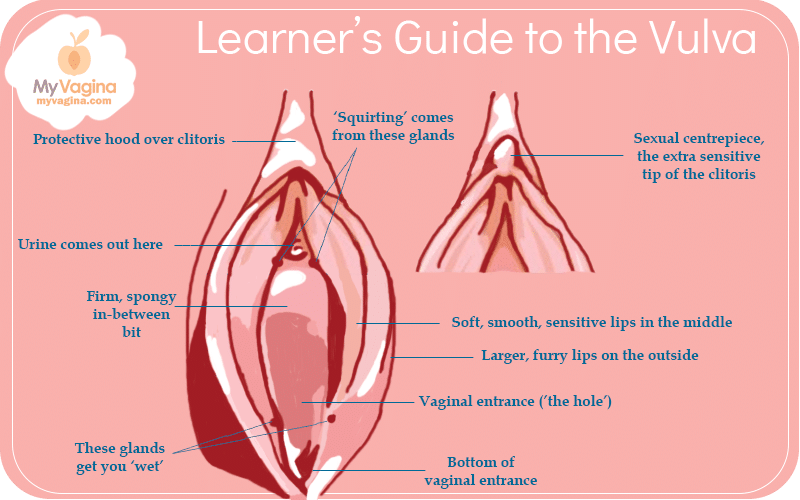Tampons can seem frightening – where are they supposed to go? The diagram in the tampon packet doesn’t look anything like your vagina in real life.
If you are using vaginal treatments that require a tampon to hold the treatment in your vagina but aren’t accustomed to using tampons, you may be wondering what to do.
No matter whether it’s a vaginal treatment or a period, here’s how to insert a tampon successfully.
Here’s how to put in a tampon quickly and easily, without pain or discomfort.
Step 1: Choose the right size and style tampon
Go to the supermarket or pharmacy and buy the smallest tampons (usually called ‘mini’ or ‘regular’) with or without applicators.

Applicators are a tube made of plastic or cardboard, and they slip inside your vagina to the right depth, and then you can just push up the bottom of the applicator and the tampon pops into you.

You can also use non-applicator tampons, which require a little more finesse – but a smaller amount of single-use plastics and waste.
Applicator tampons expand vertically, while non-applicator tampons expand horizontally. If you put a tampon into water, you’ll see what will happen inside your vagina.
If you are using treatments via tampons, either tampon style works, but you’ll need to figure out how to put a tampon in first. So, do some practice first with lots of lube so you understand the angle and process.
Step 2: Use a little lube to smooth the process
You can use some water-based non-toxic personal lubricant or a little coconut oil. You will likely need lubricant the first few times you try to put tampons in so you don’t have to battle with a dry vagina.
Trying to put a tampon in a dry vagina is hard work because cotton, dryness and not being able to see what you are doing aren’t good companions.
Step 3: Privacy for practice
First, wash and dry your hands. Do not apply any moisturiser. Find a room you can occupy for your experiments (bedroom, bathroom, toilet) so you can rest assured you have privacy.
Remove the tampon from its plastic wrapper. If you’re using an applicator tampon, do not remove the cotton tampon from its applicator, but inspect it to understand how it works. Try one out just in your hands (it’ll be a waste, but see how it works).
Step 4: Apply lube to the tube
Smooth a small amount of lubricant onto the full length of the applicator or tampon, keeping the end dry for grip.
Also, apply lubricant to the inside and outside of your vulva and vagina using your fingers. You want it all to be a little slippery, but not apply so much lube that it soaks into the tampon. You can wipe the excess off afterwards with a tissue or washcloth.
Step 5: Get into position
Sitting on the toilet is a good way to practice because the angle is suitable for pushing the tampon inside your vagina and there is enough room in the bowl space for your hand.
You can also try putting one foot on the side of a bath or stool, or crouching.
You’ll figure out which position works the best for you after a few tries.
Step 6: Find your way in
The entrance of your vagina is below where you pee out of, and before you get to the anus. If you just push around with a lubricated finger, you’ll find it.
If you aren’t clear on how your inner anatomy looks, we recommend Vag Basics.


Inserting an applicator tampon
Gently insert the applicator inside your vagina aiming for the base of your spine/tailbone. Don’t insert the full applicator – you need some left outside so you can use the pusher of the applicator.
Don’t force anything – if you have the right angle, with all that lube, the applicator should just slide right in without pain or discomfort.
Without applicators
Holding the tampon with your forefinger on the bottom, where the string is, gently push the tampon into your vagina, aiming for the base of your spine or lower back.
You’ll feel when you have the right angle, with all that lube, it should find its way inside fully. Keep pushing until you can’t push any further/your finger can’t fit inside anymore.
Your vagina is usually longer than your finger.
Change the angle until you feel the tampon slide in. Once you have this angle right, you can practice using tampons with and without applicators to become more familiar.
When practising, always use lube and remove the tampon afterwards.
Step 7: Pulling a tampon out (carefully!)
To take the tampon out, gently pull the string. You’ll find that if the tampon is full of blood or moisture, it will slip out very easily. If it is not full, it will drag, in which case you need to be careful.
Drag is not dangerous but can be uncomfortable because you are pulling a dry tampon out of a dry vagina. The tampon sucks up all the moisture.
NEVER YANK A TAMPON OUT! It is not a band-aid. You can damage yourself. Go slow, and if it’s not ready, just give it a couple of hours to soak up more of your natural fluids and it’ll come out.
You will eventually learn how many tampons you need, of what size, and at what stage of your period or treatment. Start small!
The guidelines are to not leave a tampon inside your vagina for more than four hours.
Dispose of your tampon considerately – flush if it’s acceptable, but usually, it’s best to put it into the bin wrapped in toilet paper.
Read Newbies: Tampon Tips and Tricks to get more solutions to tricky tampon questions.
If you have any questions that aren’t answered here, Ask Aunt Vadge – she knows everything!





